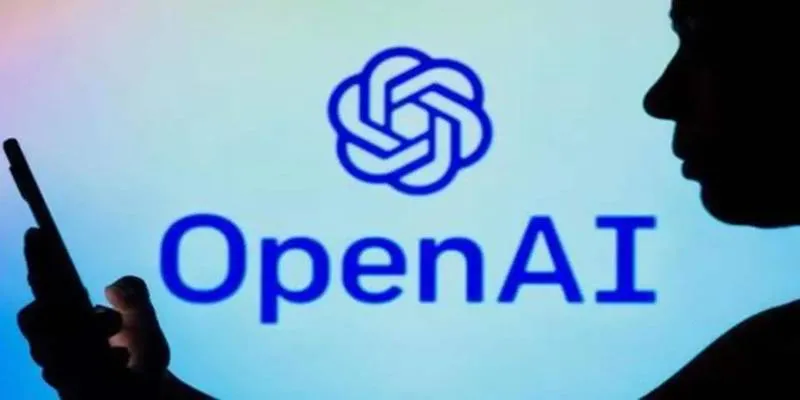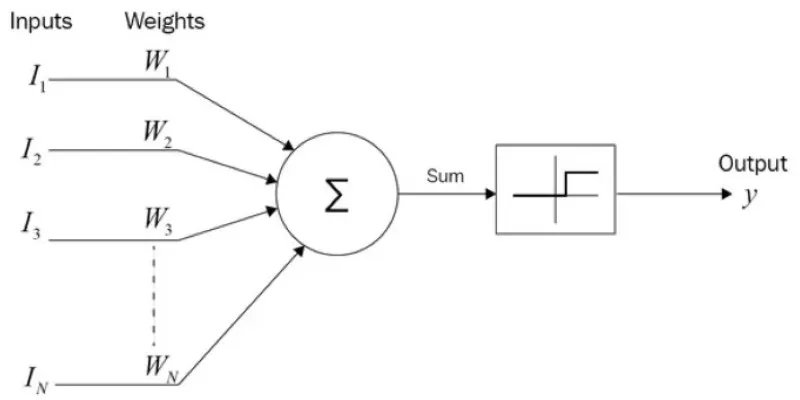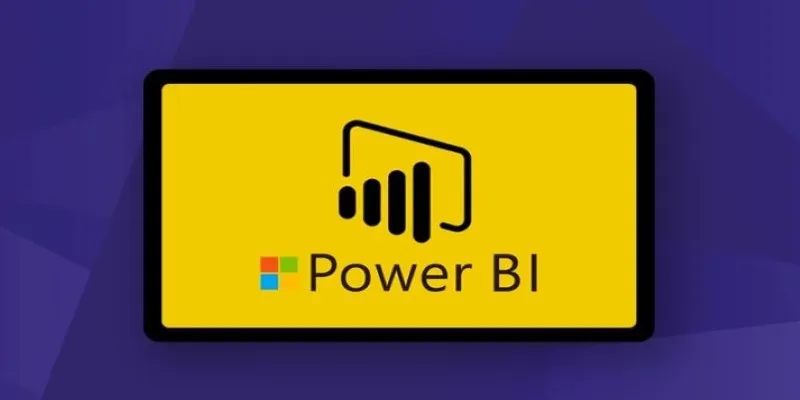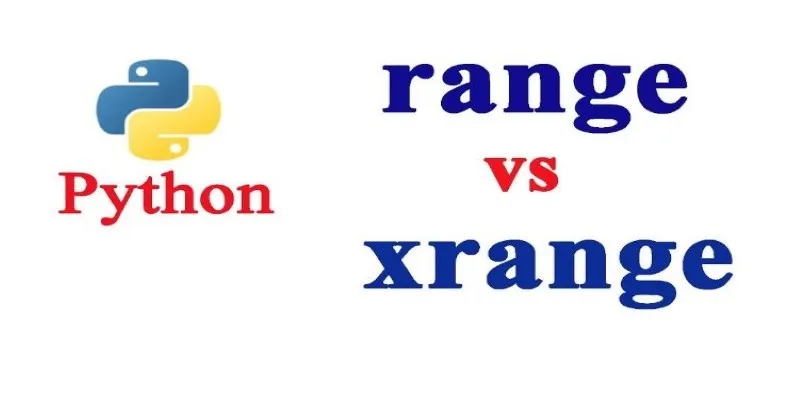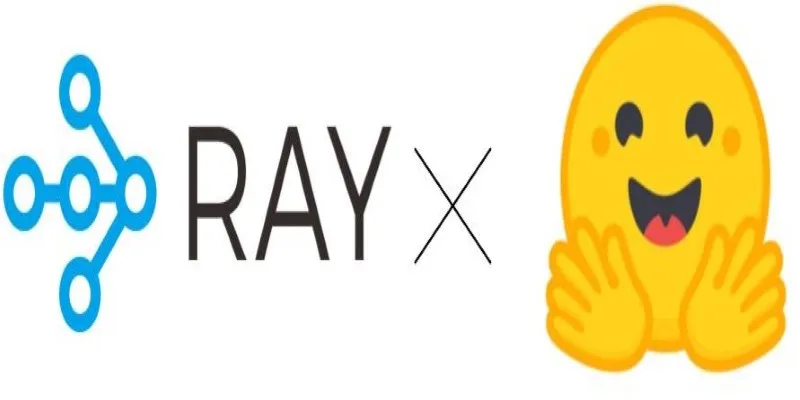In the increasingly competitive landscape of artificial intelligence, DeepSeek stands out as a robust and versatile AI tool. Developed in China, DeepSeek is celebrated for its impressive performance, open-source flexibility, and user-friendly experience. However, alongside its accolades, there are valid concerns about privacy and censorship.
These issues have ignited discussions among developers, writers, researchers, and privacy advocates. Some avoid using DeepSeek due to its origins and potential data policies. Yet, many continue to utilize it, not by ignoring its limitations but by maximizing its strengths and working around its weaknesses.
Why do so many users choose DeepSeek despite its challenges? The answer lies in balancing practical value, thoughtful usage, and realistic expectations. Let’s explore why DeepSeek remains a favored AI assistant for numerous users, even amidst privacy and censorship concerns.
1. Unlimited Usage Without Query Limits
A highly appreciated feature of DeepSeek is its unlimited usage without message caps or query limits. Users of other AI platforms, such as ChatGPT or Claude, often face daily usage restrictions unless they upgrade to a paid tier. This limitation can be frustrating, especially during creative or technical tasks requiring extensive interaction.
DeepSeek removes this barrier. Users can explore, brainstorm, code, write, and research freely without being interrupted by a “you’ve reached your limit” notification. It’s particularly beneficial for students, developers, and professionals who rely on AI as a daily tool. With DeepSeek, they can iterate endlessly without penalties for high usage.
This freedom fosters experimentation and supports more complex workflows. Whether drafting content, planning projects, or debugging code, users can rely on uninterrupted access to the model—a rarity in the AI domain.
2. Free Access to Its Flagship Model
Another major attraction is DeepSeek’s free access to its top-tier model. At a time when many AI providers restrict their most powerful models behind paywalls, DeepSeek offers its full capabilities to all users—no subscription necessary.
This includes models like DeepSeek-R1, capable of advanced reasoning and multi-step tasks. It’s particularly appealing for users eager to experience full-scale AI functionality without committing to a paid plan.
The model not only provides answers but also reveals the reasoning behind them, creating a more transparent experience. This insight helps users trust the AI’s logic and make informed decisions. For instance, users planning travel itineraries, writing analytical essays, or exploring data can benefit from understanding how the AI processes problems—not just the outcomes.
3. Open-Source Accessibility

DeepSeek has made a bold move by offering much of its model architecture and codebase as open-source. This contrasts with closed systems like GPT-4 or Claude 3.5, which provide limited transparency and no access to underlying systems.
For developers, researchers, and tech enthusiasts, this is a significant advantage. Open-source availability means users can:
- Run DeepSeek models locally (depending on hardware specs)
- Fine-tune or modify the model for specific use cases
- Integrate DeepSeek into other platforms, apps, or services
This fosters a culture of innovation and collaboration around the model. It also allows users to delve deeper into the AI’s workings, valuable for educational purposes or product development. Of course, it’s important to acknowledge the model’s origin. DeepSeek was trained under regulations that may influence its data and behavior.
4. Responsible Usage and Data Awareness
No AI tool today is truly private. Whether hosted in the U.S., Europe, or China, all LLMs operate within ecosystems involving some form of data handling, storage, or monitoring. DeepSeek is no exception—its operations are subject to Chinese regulations , understandably raising concerns.
However, many users approach AI tools—including DeepSeek—with a responsible mindset. They avoid sharing sensitive personal information, login credentials, financial data, or proprietary company details. Instead, they treat the model as a creative partner or research tool, not a digital diary.
When used judiciously, DeepSeek becomes a powerful assistant for brainstorming, generating outlines, reviewing logic, or performing non- sensitive tasks. It’s about understanding what kind of data to input and where to draw the line.
5. Censorship Isn’t Unique to DeepSeek
Perhaps the most controversial aspect of DeepSeek is its handling of politically sensitive topics. Inquiries about certain historical events, foreign policy issues, or criticisms of the Chinese government often result in vague or generic responses.
However, this censorship concern is not exclusive to DeepSeek.
Other models, including ChatGPT, Claude, and Meta’s LLaMA, apply filters, safety layers, and moderation protocols, sometimes producing overly cautious or evasive answers. These safety measures often reflect the values and guidelines of the companies behind them. In other words, bias and limitations exist in every AI model—they simply manifest differently.
Experienced AI users understand this. They already take AI responses with a grain of salt. Whether the issue is censorship, hallucination, or political alignment, users know that no model is perfectly neutral or reliable.
6. Performance and Versatility

Setting concerns aside, DeepSeek is genuinely powerful. Its language generation is smooth, its reasoning is consistent, and it adapts well to different tones and formats. Whether summarizing technical documents, assisting with creative writing, or generating code snippets, DeepSeek proves to be a highly versatile tool.
Its user interface is intuitive, and the experience remains stable across sessions. Despite its newer entry into the global AI market, DeepSeek performs comparably to more established models, offering rich responses with context awareness and minimal errors.
Conclusion
DeepSeek is not without its flaws. Its censorship behavior is real and visible. Its data privacy stance remains ambiguous. And its origins in a tightly regulated country raise valid questions about long-term trust.
Yet, for users who approach AI with awareness, responsibility, and critical thinking, DeepSeek still offers tremendous value. It provides unlimited access, powerful performance, and open-source flexibility—without the immediate paywalls or strict commercial controls seen in many Western models.
 zfn9
zfn9








